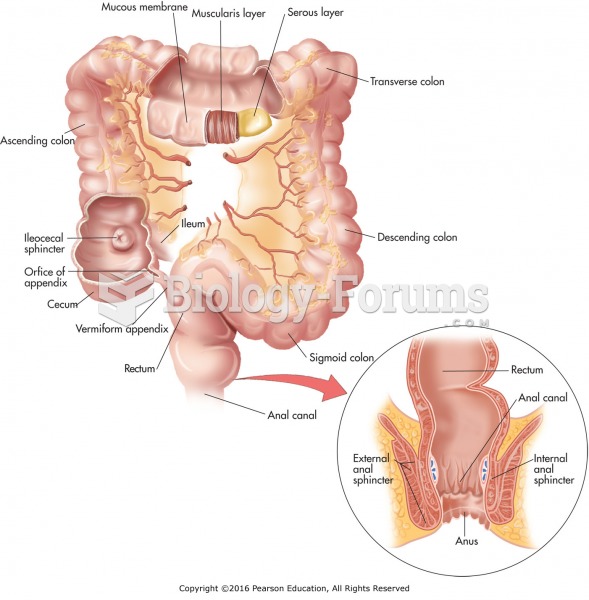|
|
|
On average, someone in the United States has a stroke about every 40 seconds. This is about 795,000 people per year.
Anesthesia awareness is a potentially disturbing adverse effect wherein patients who have been paralyzed with muscle relaxants may awaken. They may be aware of their surroundings but unable to communicate or move. Neurologic monitoring equipment that helps to more closely check the patient's anesthesia stages is now available to avoid the occurrence of anesthesia awareness.
Women are two-thirds more likely than men to develop irritable bowel syndrome. This may be attributable to hormonal changes related to their menstrual cycles.
Earwax has antimicrobial properties that reduce the viability of bacteria and fungus in the human ear.
Each year in the United States, there are approximately six million pregnancies. This means that at any one time, about 4% of women in the United States are pregnant.
 This moose exploits the twigs and buds of woody plants for the food it needs to survive a cold north
This moose exploits the twigs and buds of woody plants for the food it needs to survive a cold north
 Note the thickening of the intestinal wall and the erosion of the inner lining of the ileum, often s
Note the thickening of the intestinal wall and the erosion of the inner lining of the ileum, often s





